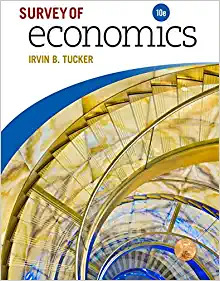Answered step by step
Verified Expert Solution
Question
1 Approved Answer
n Lecture 22: Mergers 2, we ran through a simple version of Williamson's (1968) model of a merger to identify the key welfare trade-off. On
n Lecture 22: Mergers 2, we ran through a simple version of Williamson's (1968) model of a merger to identify the key welfare trade-off. On slide 15, I leave as an exercise to re-do that analysis using Cournot duopolists instead of Bertrand duopolists. That is, there are two identical firms with identical products competing a la Cournot. They merge, and the result- ing monopoly has lower marginal costs and greater market power. What is the net change in welfare? Use the numbers used in the lecture to do this problem. That is, let inverse market de- mand be given by P = 20 5Q, and let marginal cost be constant at 4 per unit for the duopolists. Let = 0.5, such that the resulting monopoly has marginal cost of 2 per unit
Step by Step Solution
There are 3 Steps involved in it
Step: 1

Get Instant Access to Expert-Tailored Solutions
See step-by-step solutions with expert insights and AI powered tools for academic success
Step: 2

Step: 3

Ace Your Homework with AI
Get the answers you need in no time with our AI-driven, step-by-step assistance
Get Started


